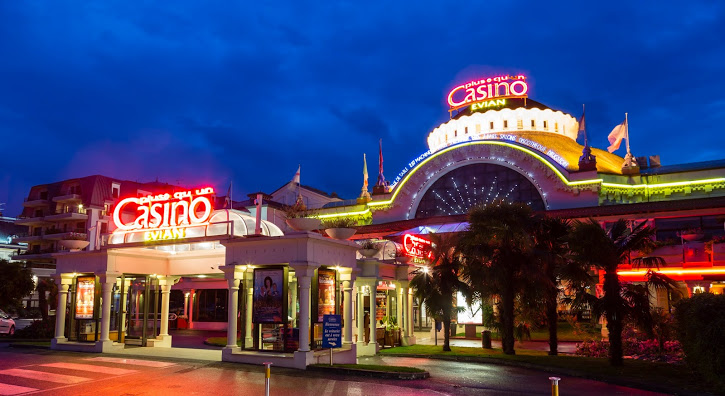Gambling games have long captivated the human imagination, drawing participants into a realm filled with fortune, tactics, and the allure of adventure. Each activity is meticulously crafted not just for fun, but also to elicit targeted emotional responses that keep participants involved and invested. Understanding the drives behind these designs reveals much about how human psychology plays a vital role in the gaming experience.
From the bright lights and dynamic sounds to the intricate layering of guidelines and incentives, casino games are designed to create an atmosphere of excitement and anticipation. Game designers leverage mental cues to influence participant behavior, whether through the use of big prizes, almost wins, or social interactivity. By examining these elements, we can better appreciate how casino games fulfill not just a want for entertainment, but underlying psychological needs for adventure and hazard.
Understanding Player Behavior
Casino games are crafted with a deep grasp of player psychology, which is vital for drawing in and retaining players. The excitement of the game, alongside the hope of winning, establishes a strong attraction. Game designers utilize elements like sonic elements, dynamic graphics, and immersive gameplay to capture attention and generate emotional responses. These sensory effects enhance the overall experience, making players feel more attached in the game. uus777
Another notable aspect of player behavior is the concept of risk and reward. Casino games often balance risky situations with the potential for considerable rewards, which can lead to the event known as near-miss effect. When players come near to winning, the brain releases dopamine, reinforcing their behavior and encouraging them to keep playing in search of that fleeting win. This cycle of hope and letdown plays a critical role in how games are designed and marketed.
Lastly, social elements also play a critical role in player behavior at casinos. Many games are crafted to be played in groups or in company with other players, creating a sense of belonging and communal experience. The community engagement inherent in games like poker enhances enjoyment and can result in extended gameplay. Designers capitalize on this by creating environments that invite players to linger, connect, and return, making the overall casino experience more appealing.
The Role of Imagery and Audio
Visuals and audio play a significant role in improving the gambler’s experience within casino games. Designers utilize bold colors, striking graphics, and captivating animations to grab gambler’s attention and maintain their interest. The use of motifs, such as exploration or opulence, helps create an immersive atmosphere that transports players into another world. By appealing to the senses, these elements contribute to a intensified emotional response, prompting players to interact more deeply with the games.
Sound design is equally important in enhancing the experience of casino games. The combination of background music, sound effects for successful combinations, and environmental noises creates an auditory landscape that keeps players enthralled. Audio cues associated with wins, such as ringing bells or festive music, evoke feelings of thrill and satisfaction, prompting players to continue playing. These sound cues are strategically placed to amplify the thrill of the game and create a more engaging experience.

Moreover, the alignment of imagery and sound is important for reinforcing the game’s overall theme and mood. Each element should coordinate seamlessly to create a cohesive experience that pulls players in. The effective use of this synergy not only enhances user enjoyment but also boosts the chances of return play, as players become more invested in the immersive world that the casino games offer. This thoughtful combination of imagery and audio ultimately enhances player engagement and loyalty.
Reward Structures and Participation
The design of gambling experiences heavily depends on reward systems to ensure players engaged and returning for more. These structures are based in behavioral principles that take advantage of human behavior and motivation. Participants are often driven by the excitement of success, which is supported by immediate feedback through the game’s design. This instant gratification not just enhances the gaming experience but also fosters a sense of achievement, prompting players to keep participating in hopes of bigger rewards.
Gaming establishments utilize various incentive systems, such as jackpots, bonuses, and multipliers, to captivate participants. These features create a layer of excitement that sustains engagement. Additionally, the unpredictability of results plays a crucial role in keeping attention. The variable reward system, where wins are random but occur often enough, maintains players on edge and driven to continue participating. This cycle of anticipation and anticipation is foundational to the success of gambling experiences.
In addition, community aspects, such as competitive events and multiplayer features, boost the participation factor by tapping into the competitive nature of participants. The communal aspect of playing with fellow participants can intensify the excitement of winning and create a sense of community within the gaming space. By combining these community elements with effective incentive structures, gambling experiences don’t just offer fun but also foster a stronger bond among players, solidifying their commitment to the gaming experience.